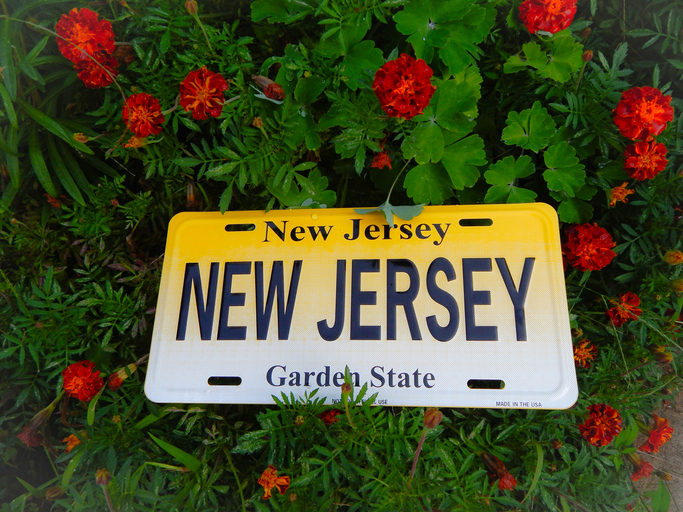.jpg)
New Jersey enacted what is commonly known as Kyleigh's Law. Kyleigh's Law requires that a driver under the age of 21, who holds a permit or probationary license, display a pair of Graduate Driver License ("GDL")( decals, which are $4 red reflective decals, on their vehicle's license plates. Drivers who fall under Kyleigh's Law ("GDL drivers") may not operate a motor vehicle between the hours of 11:01 p.m. and 5:00 a.m., unless under the supervision of a front-riding passenger who is over 21 years old and has been a licensed driver for at least three years. Kyleigh's Law also restricts the number and type of passengers allowed in the car with GDL drivers. A GDL driver may also not use any "wireless communication device," or cell phone, when the car is in motion on a pubic road, except in an emergency, even if hands-free. GDL drivers essentially "tag" themselves so they are easily identifiable for police officers for enforcement purposes.
Though controversial among the parents and teenage drivers most affected, a study by the Children's Hospital of Philadelphia indicates that Kyleigh's Law has been successful in reducing car accidents amongst teens. The study found that Kyleigh's Law has reduced teen automobile accidents by 9.5% within its first two years, as compared to the four years prior to Kyleigh's Law. GDL drivers ages 18 and 19 saw a more significant13% decline and 17% decline in accidents, respectively. The researchers believe that auto accidents among GDL drivers are down, in part, because the decals aid police in enforcing GDL restrictions and increasing GDL drivers' compliance with Kyleigh's Law. Of significance, however, the study did not include whether those GDL drivers involved in a crash were using the decals.
